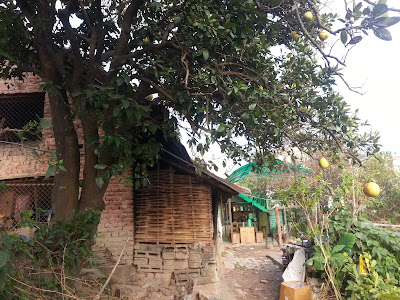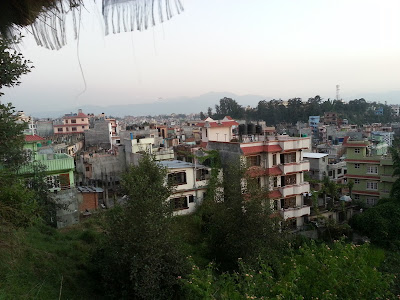The spot in Kavre was very beautiful and tranquil
indeed, but truth be told there was not a whole lot of work to be done. And
since I have come to Nepal to do good work I decided that I must move on to
where the work is.
I connected with a man by the name of Sangam Sherpa
who operates an urban organic farm in Kapan in the Kathmandu valley. While
driving back to Kathmandu I noticed that there was almost no traffic on the
roads (something very strange in Kathmandu), and so I joked to my cousin, who I
was staying night, that it must be some kind of holiday. He said not exactly…
Here’s the short version: the Nepali government had
just one week ago signed a new and improved constitution. India, however, was
not happy about it. You see, India operates in this part of the world much like
the U.S. does internationally, that is by expanding its sphere of influence and
bullying smaller countries to its will. And so, saying that Nepal should have
asked them before writing a new constitution, India has closed the border and
there is now a petrol shortage.
Because of the shortage, the government is enforcing
strict driving regulations, such as having only even numbered license plates
drive one day, and odd the next. And so my cousin and I woke up early the next
morning to drop me off in Kapan, trying to avoid the police as we drove through
the oddly quiet streets on his even numbered motorcycle.






































